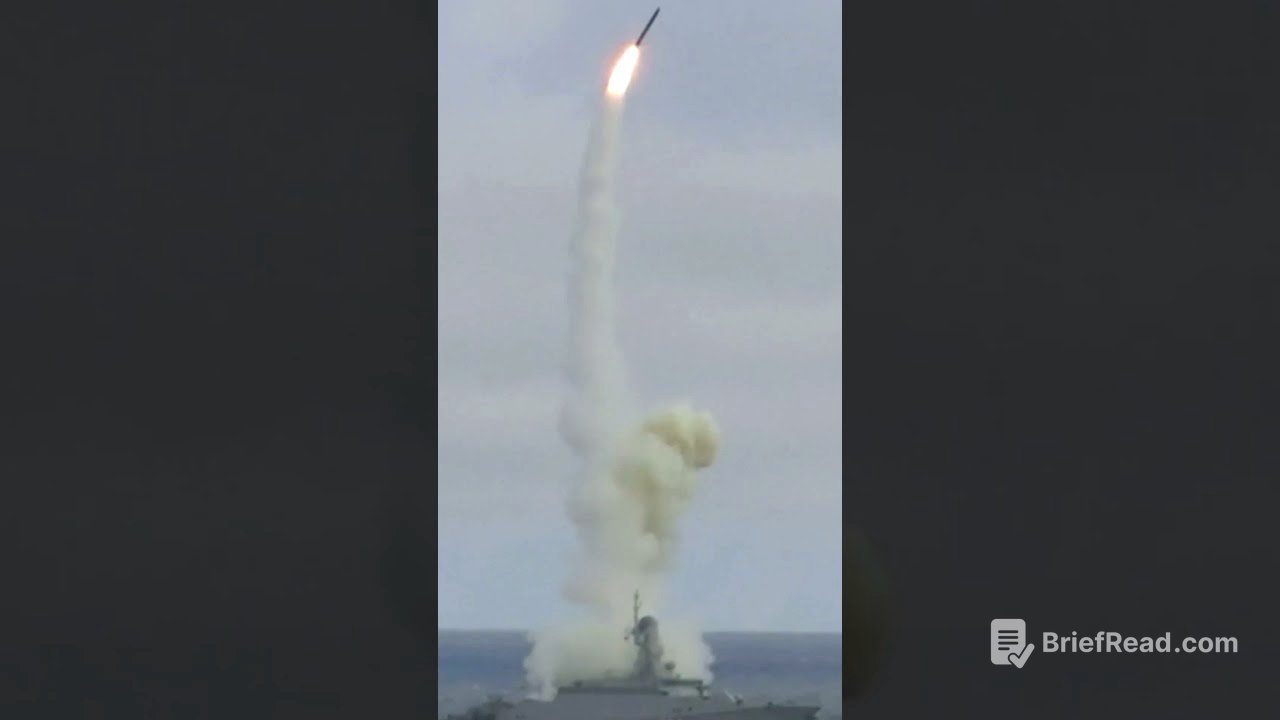TLDR;
This video explores the growing importance of hypersonic technology in the defence industry, particularly the US government's need to catch up in this area. It contrasts hypersonic missiles with intercontinental ballistic missiles (ICBMs), highlighting the differences in speed, trajectory, and detection evasion. Hypersonic missiles, while slower than ICBMs, offer a lower trajectory, making them harder to detect and intercept.
- Hypersonic weapons can evade detection until it's too late to react.
- ICBMs exit the Earth's atmosphere and travel at speeds up to 7.8 km/s.
- Hypersonic missiles cruise within the Earth's atmosphere at about half the speed of an ICBM.
- The low trajectory of hypersonic missiles makes them difficult to detect.
Hypersonic Technologies [0:00]
Hypersonic technologies are currently a significant focal point in the defence industry. The United States government recognises the urgent need to advance in this field to maintain a credible deterrent, particularly given the capacity of hypersonic weapons to bypass detection systems, leaving minimal time for response.
ICBMs vs Hypersonic Missiles [0:17]
Intercontinental ballistic missiles (ICBMs) are designed to exit the Earth's atmosphere and travel at extremely high speeds, up to 7.8 km/s, through space before descending on their targets. While their speed is considerable, their high trajectory provides enemies with more time to detect and deploy anti-missile defences. Hypersonic missiles, conversely, are designed to cruise within the Earth's atmosphere at approximately half the speed of an ICBM. Although slower, their low trajectory allows them to appear suddenly on the horizon, effectively hidden by the Earth's curvature, thus minimising the time available for detection and interception.









